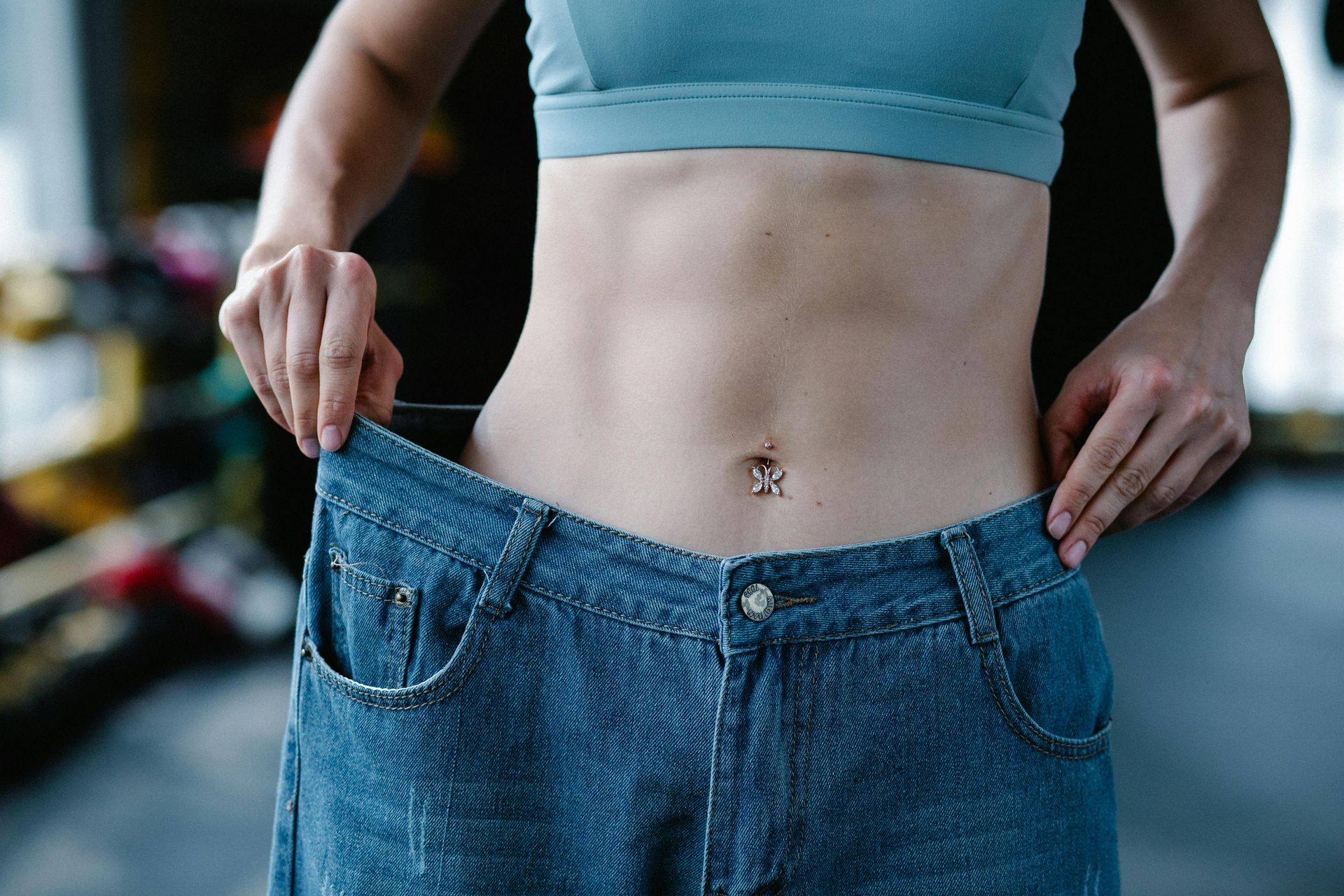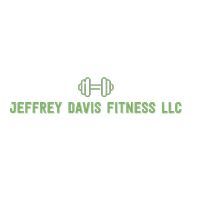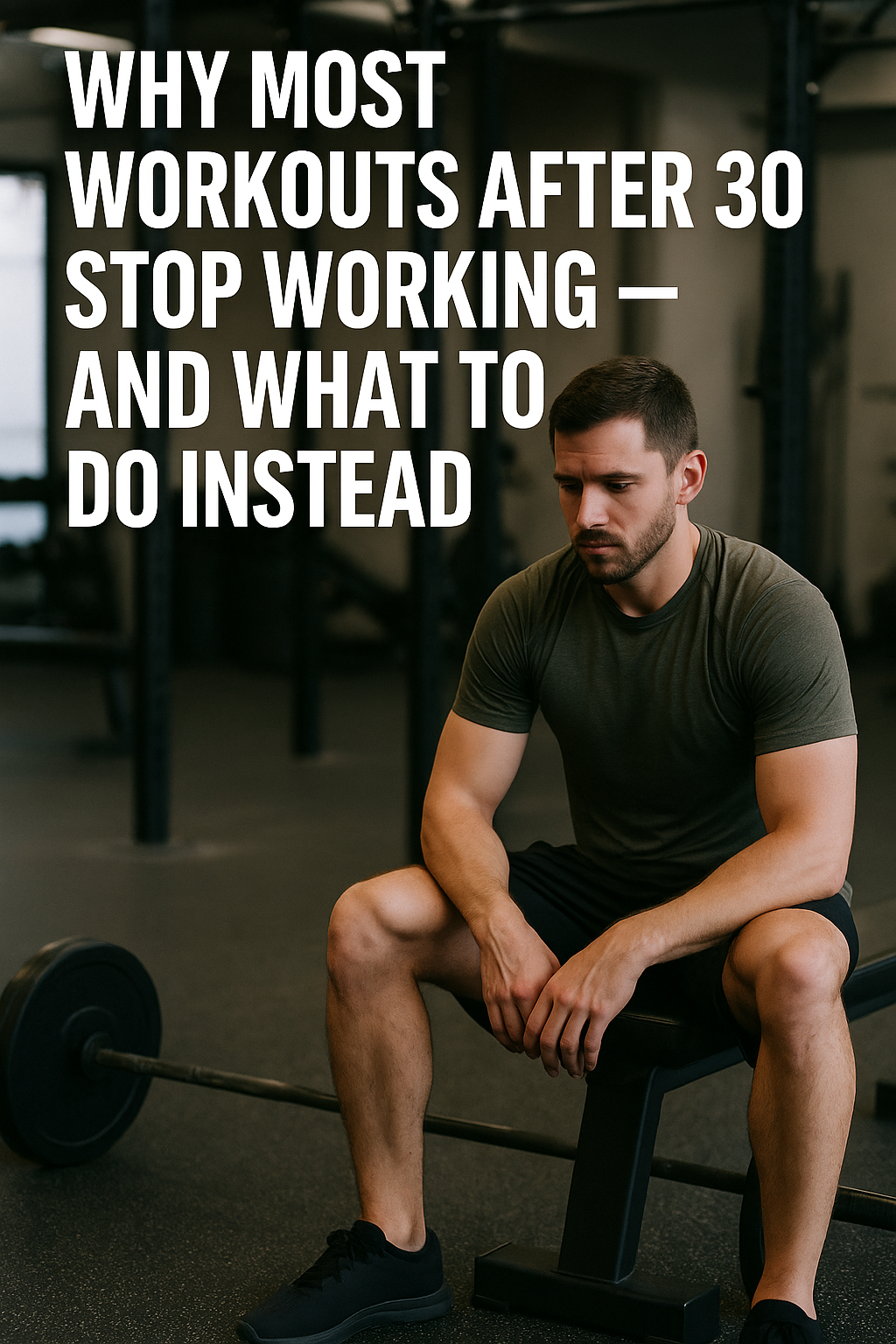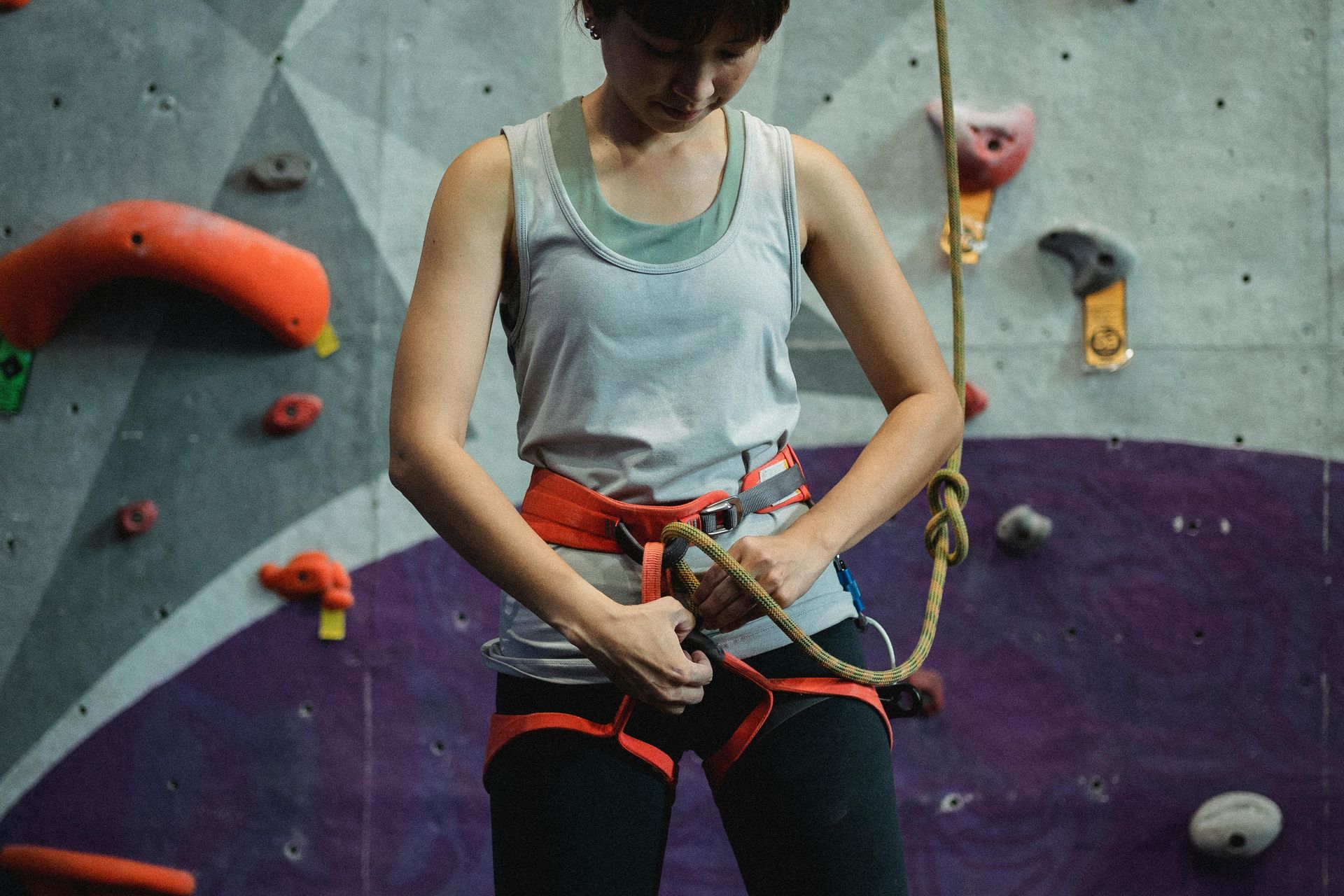Hotworx: What is it and how can it help me?
Hotworx is a relatively new fitness trend that is gaining popularity across the world. It is a type of workout that involves performing a variety of exercises in a heated room, typically between 100-125 degrees Fahrenheit. Here are some of the benefits of Hotworx:
1) Increased calorie burn
One of the most significant benefits of Hotworx is the increased calorie burn. The high temperature of the room causes your body to work harder to cool down, which can result in burning up to 50% more calories compared to traditional workouts.
2) Detoxification
The heat in the room causes you to sweat profusely, which helps to detoxify your body by flushing out toxins through your pores. This can help improve your skin complexion and promote overall health and wellness.
3) Improved flexibility
The heat in the room can help to loosen your muscles and joints, making it easier to perform stretching and flexibility exercises. This can help improve your range of motion and reduce your risk of injury during workouts.
4) Reduced stress and anxiety
Hotworx can also have a positive impact on your mental health by helping to reduce stress and anxiety levels. The heat and humidity in the room can help relax your body and mind, promoting a sense of calmness and well-being.
5) Increased cardiovascular health
Hotworx workouts typically involve a combination of cardio and strength training exercises, which can help improve your cardiovascular health. Regular Hotworx sessions can help strengthen your heart and improve your overall cardiovascular endurance.
In conclusion, Hotworx is a unique and effective way to improve your physical and mental health. Its benefits include increased calorie burn, detoxification, improved flexibility, reduced stress and anxiety, and increased cardiovascular health. If you are interested in trying Hotworx, be sure to speak with a certified instructor to ensure proper technique and safety during your workouts.











